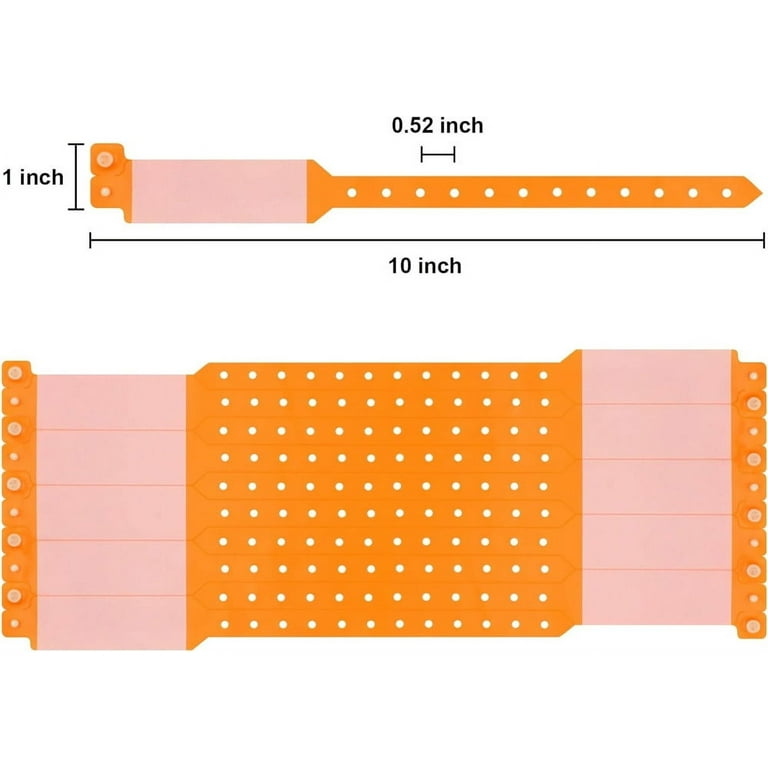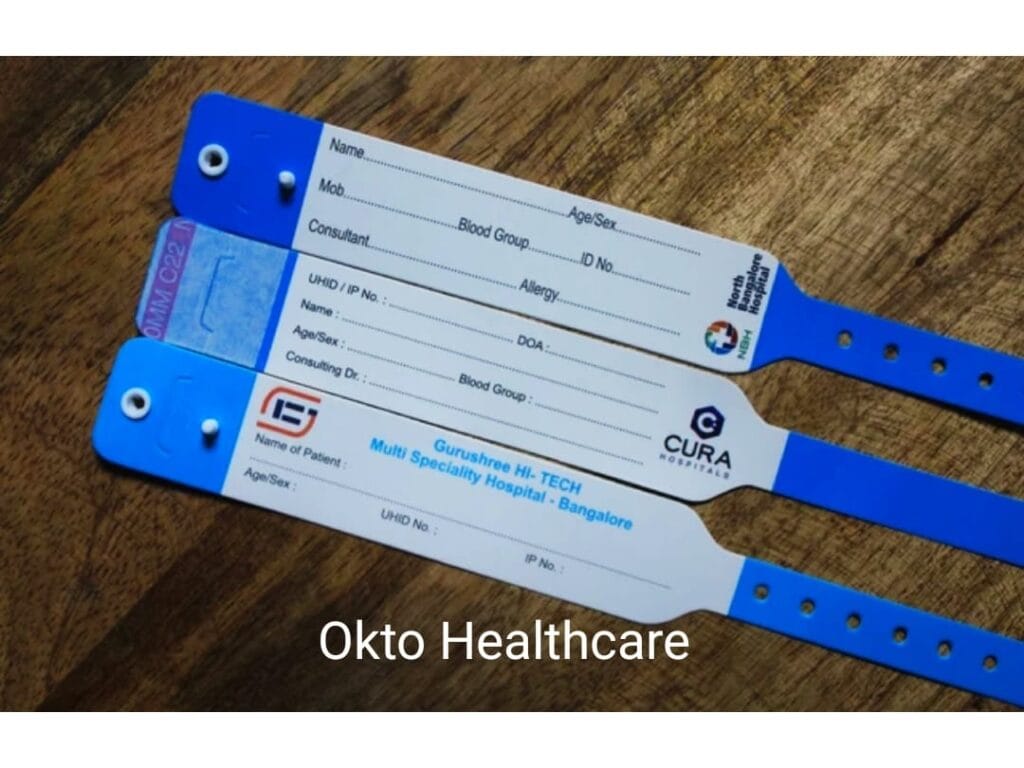Enhancing Client Treatment With Effective Identification Bands
The application of reliable recognition bands is a pivotal element in boosting patient care within healthcare settings. As the landscape of patient recognition develops, one should take into consideration the implications of these systems on general medical care delivery and patient outcomes.
Value of Person Identification
Guaranteeing precise client identification is critical in health care setups, as it directly influences the security and top quality of treatment offered. Misidentification can lead to severe mistakes, including carrying out the incorrect medicine, performing incorrect treatments, or miscommunicating crucial person info. Such errors not only jeopardize client safety and security yet can likewise result in legal implications and reduced rely on healthcare systems.
Efficient patient identification is essential to developing a safe setting where people obtain suitable and individualized care. It promotes the exact documentation of clinical histories, allergic reactions, and therapy plans, guaranteeing that medical care suppliers have accessibility to crucial details at all times. Additionally, durable recognition protocols assist streamline interaction among clinical personnel, enhancing collaboration and reducing the danger of blunders.

Types of Recognition Bands
Recognition bands play a critical function in maintaining precise patient records and improving security within medical care settings. Different kinds of recognition bands are used to cater to the certain needs and demands of different client populations.

Another type is the ankle band, which is particularly beneficial for newborns and infants, making certain that recognition continues to be intact even during treatment procedures. Specialty bands, such as those for allergy alerts or fall danger indicators, offer additional layers of security by drawing instant focus to essential person problems.
Recently, digital recognition bands have actually acquired appeal, including barcodes or RFID modern technology that can be checked to quickly recover individual information. These bands simplify operations and decrease the risk of human mistake throughout client recognition procedures.
Benefits of Efficient Identification
Reliable recognition of patients through making use of recognition bands adds dramatically to general individual safety and care high quality. By guaranteeing that each person is precisely recognized, healthcare service providers can effectively match medical therapies and treatments to the appropriate person, minimizing the threat of mistakes. This is specifically essential in settings with high patient turn over, where the potential for misidentification is higher.
In addition, reliable recognition bands boost interaction amongst healthcare groups. Accurate and clear patient recognition promotes partnership and guarantees that all staff member recognize a patient's specific requirements and case history. This interaction is necessary for providing coordinated treatment, particularly in emergency situations where time is crucial.

Eventually, reliable recognition via the usage of recognition bands not just safeguards people yet also advertises a society of safety and security within health care centers (Patient Identification Band). By prioritizing precise identification, healthcare companies can improve outcomes and improve the general individual experience
Implementing Identification Solutions
While the importance of person identification is well acknowledged, the application of durable identification systems poses a complicated obstacle for medical care companies. Developing efficient recognition systems calls for a detailed approach, incorporating technology, workers training, and procedure combination.
First, companies need to pick appropriate identification technologies, such as barcode scanning, RFID, or biometric systems. Patient Identification Band. These modern technologies must be examined based on cost, functionality, and compatibility with existing framework. A pilot program can assist recognize potential problems prior to full-scale implementation
Next, detailed training for team is necessary. All personnel need to comprehend the significance of accurate person recognition and be competent in making use of the selected modern technologies. Normal training updates and assessments can reinforce ideal techniques and make sure ongoing conformity.
In addition, health care organizations must create standard procedures for client identification throughout all divisions, reducing discrepancies and improving interaction. Routine audits can aid identify spaces in adherence to these this protocols.

Inevitably, a reliable execution of identification Visit This Link systems not only enhances person safety but additionally promotes a culture of liability and diligence within healthcare settings, guaranteeing trusted and regular client care.
Future Trends in Patient Identification
Innovations in technology are readied to transform client identification techniques in health care settings. The combination of biometric identification methods, such as fingerprinting and face recognition, is expected to boost precision and safety and security. These modern technologies can significantly reduce the risk of misidentification, making certain that clients get the appropriate therapies and drugs.
Moreover, the application of blockchain innovation for patient records is gaining grip. This decentralized approach can supply a tamper-proof and safe approach for handling patient identifications, thus improving access to essential info across various healthcare companies.
Another trend is the raising use of mobile wellness applications that leverage QR codes for client recognition. These applications enable real-time updates and easy access to client data, empowering healthcare specialists to make enlightened choices quickly.
Additionally, fabricated intelligence (AI) is poised to play a crucial function in examining patient recognition data, recognizing patterns, and predicting potential identification mistakes prior to they happen.
As these innovations develop, they promise not just to enhance person safety however additionally to boost the total performance of healthcare shipment wikipedia reference systems. Welcoming these innovations will certainly be crucial for future-proofing person treatment techniques.
Final Thought
Finally, reliable recognition bands are important for improving patient safety and security and care high quality within medical care setups. By reducing the threats related to misidentification, these bands assist in exact and timely information access, eventually improving communication among doctor. The implementation of robust recognition systems not only cultivates a culture of safety however additionally placements medical care establishments to adapt to future patterns in patient identification modern technology, making sure optimum results for clients in diverse scientific settings.
As the landscape of client identification progresses, one should think about the effects of these systems on overall medical care distribution and individual results.Effective person identification is fundamental to establishing a protected atmosphere where individuals receive appropriate and individualized care. Inevitably, prioritizing reliable person identification techniques not only fosters a culture of safety and security yet likewise adds to boosted patient end results and total satisfaction with healthcare services.
Efficient identification of clients with the use of identification bands contributes substantially to general individual safety and security and care high quality. The execution of durable identification systems not just cultivates a society of security but additionally settings health care establishments to adjust to future patterns in client recognition modern technology, making certain optimal end results for individuals in diverse medical settings.